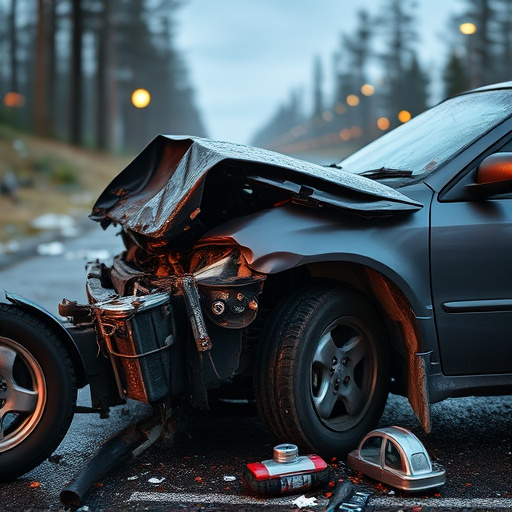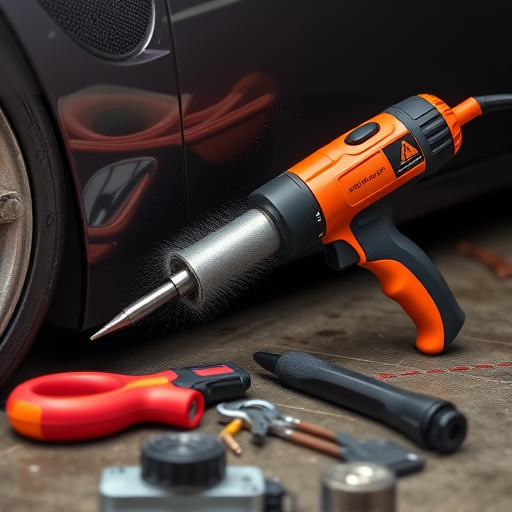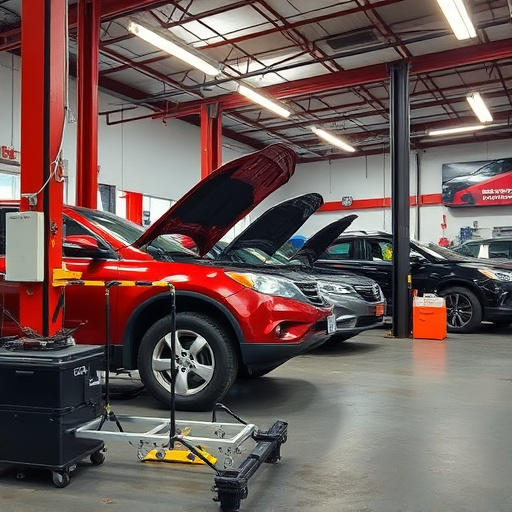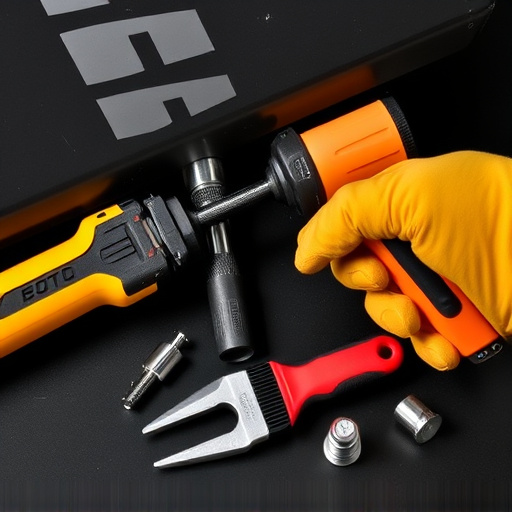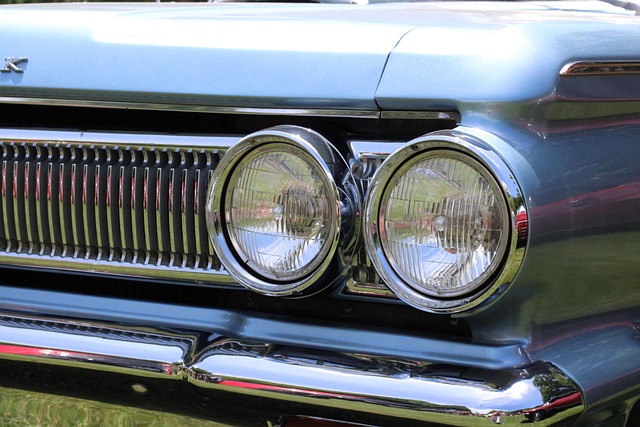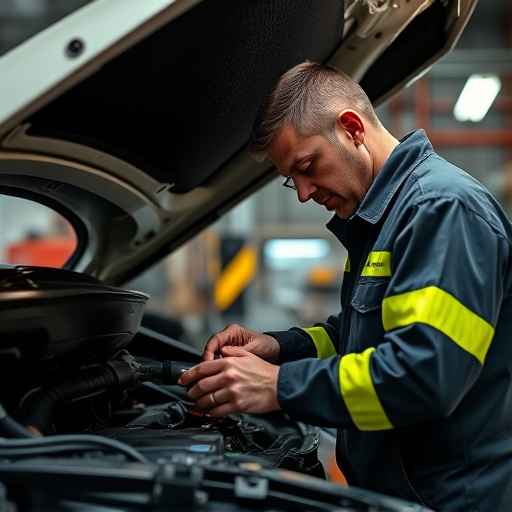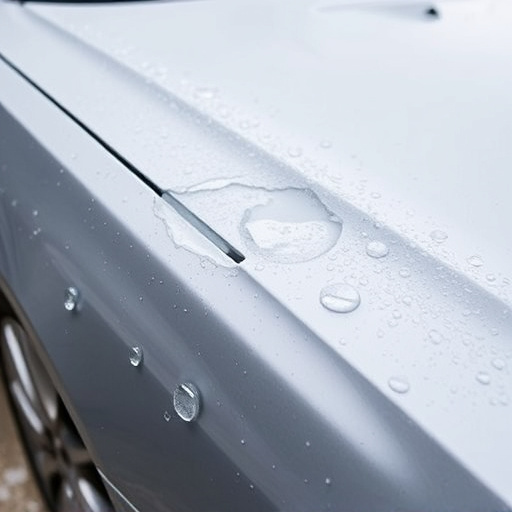Direct Repair Programs (DRPs) simplify vehicle repair by creating collaborative networks between insurers, repair shops, and owners. These programs offer structured guidelines for efficient, cost-effective repairs, ensuring quality work through specific procedures, pricing transparency, and standardized quality assessments. The rating system within DRPs evaluates repair shops based on metrics like repair accuracy, customer satisfaction, turnaround times, environmental compliance, and adherence to manufacturer standards. Top-rated shops consistently deliver high-quality bodywork while prioritizing customer satisfaction and operational efficiency, thereby gaining competitive advantages in the DRP market.
Shops participating in direct repair programs (DRPs) are evaluated using robust rating systems that ensure quality and customer satisfaction. This article delves into the intricate process of shop ratings within DRP networks, exploring key performance indicators (KPIs) and influencing factors. By understanding these mechanisms, auto repair businesses can optimize their performance, enhance customer loyalty, and solidify their position in the competitive market. Discover how DRP rating systems drive excellence in automotive service.
- Understanding Direct Repair Programs and Their Purpose
- The Rating System: Metrics and Key Performance Indicators
- Factors Influencing Shop Ratings within DRP Networks
Understanding Direct Repair Programs and Their Purpose
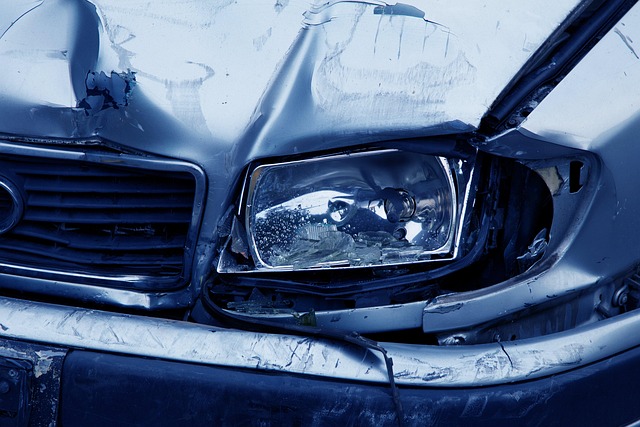
Direct Repair Programs (DRPs) are designed to streamline the process of repairing vehicles, particularly those involved in insurance claims. These programs facilitate communication and collaboration between insurers, repair shops, and vehicle owners, ensuring efficient and cost-effective repairs. The primary purpose of a DRP is to provide a structured framework for repairing damaged vehicles, often including specific procedures, pricing guidelines, and quality standards.
By enrolling in a direct repair program, reputable repair shops gain access to a steady stream of work from insurance providers. This not only benefits businesses by securing consistent clientele but also offers vehicle owners peace of mind, knowing their cars will be repaired using approved methods and parts. The process typically involves the shop providing estimated costs for repairs, which are then reviewed and approved by the insurer before work commences, ensuring transparency and avoiding unforeseen expenses for both parties. This structured approach enhances the overall experience for all involved, from assessing vehicle dents and bumper damage to performing expert car bodywork repairs.
The Rating System: Metrics and Key Performance Indicators
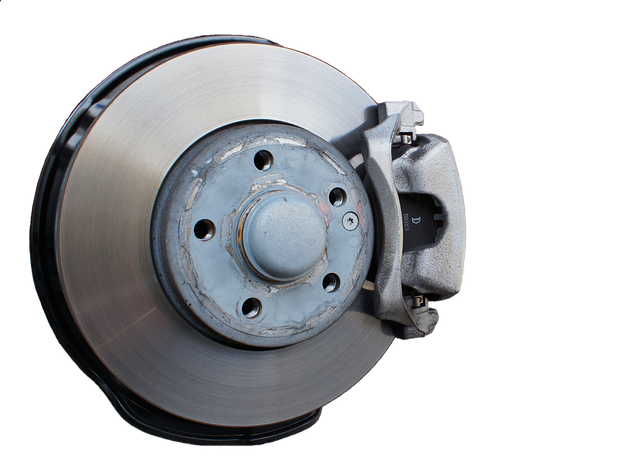
The rating system within direct repair programs (DRPs) is a critical component that ensures quality and consistency in vehicle repairs. It employs various metrics and key performance indicators (KPIs) to evaluate the effectiveness and efficiency of participating shops. These KPIs cover a broad spectrum, focusing on aspects such as repair accuracy, customer satisfaction, turnaround time for auto body work and car dent repair services, as well as adherence to manufacturer guidelines.
For instance, in addition to measuring the quality of auto body services provided, the rating system also considers factors like communication with customers, timely completion of repairs, and compliance with environmental regulations. By meticulously tracking these KPIs, DRPs can identify top-performing shops that consistently deliver exceptional auto body work while ensuring customer satisfaction.
Factors Influencing Shop Ratings within DRP Networks
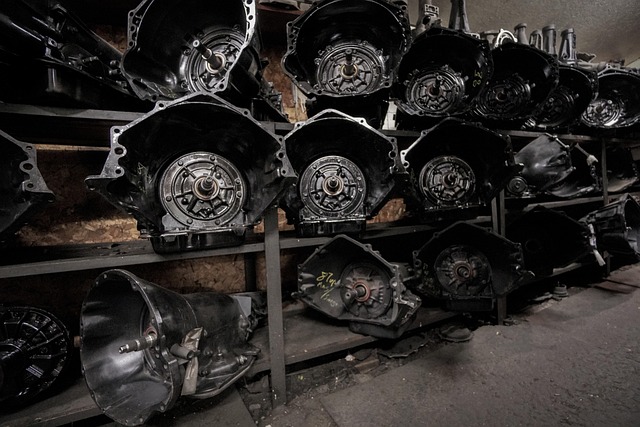
Several key factors significantly influence shop ratings within Direct Repair Programs (DRP) networks. First and foremost, the quality of work performed on cars, including intricate car restoration and meticulous dent removal tasks, is a primary determinant. Workshops that consistently deliver high-quality, precise bodywork repairs earn higher rankings. Customer satisfaction plays another vital role; positive experiences with friendly service, clear communication, and timely completion can bolster a shop’s reputation within the DRP network.
Furthermore, adherence to manufacturer standards and guidelines during car restoration processes is crucial. Workshops demonstrating expertise in handling various types of damage, from minor scrapes to significant collision repairs, including dent removal techniques, are highly regarded. Timely service, efficient operations, and cost-effective solutions without compromising quality also contribute to positive shop ratings, enhancing their position within the competitive DRP landscape.
Direct repair programs (DRPs) are integral to ensuring efficient vehicle repairs and customer satisfaction. By implementing a robust rating system, DRP networks can maintain quality standards and foster strong partnerships with trusted shops. Understanding the key performance indicators and factors influencing these ratings is essential for shops to excel in the program, ultimately enhancing their reputation within the automotive industry.


